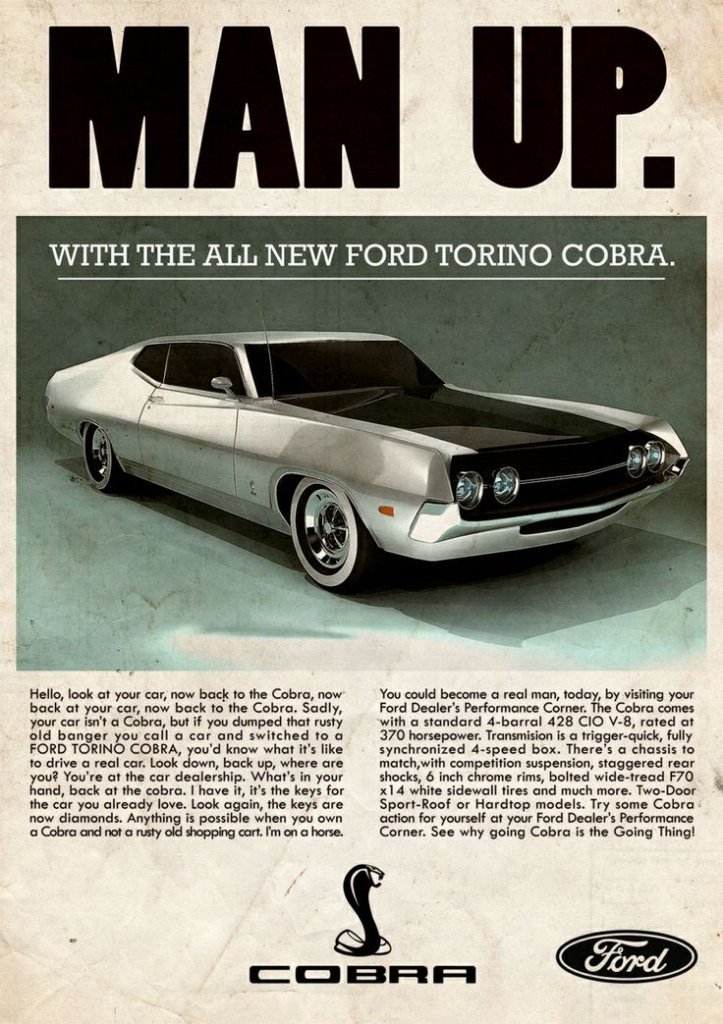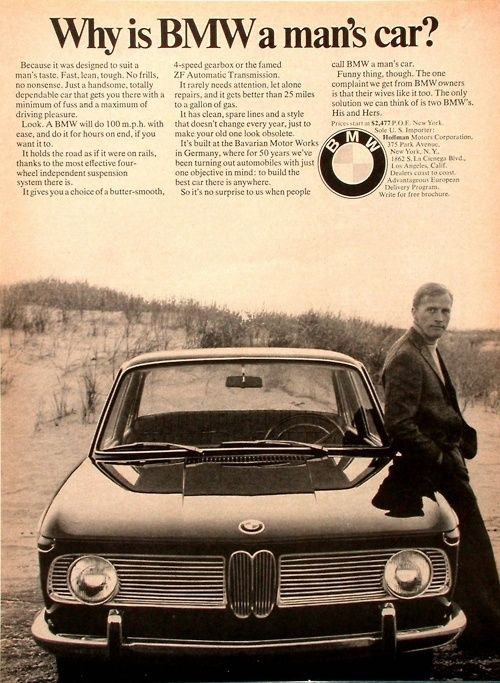The chart below is generated by Google Trends. A simple way to identify interest in any topic based on the number of searches of a specific subject. The example below is for interest in ‘Donald Trump’ over the last five years.

N.B. Numbers represent search interest relative to the highest point on the chart for the given region and time. A value of 100 is the peak popularity for the term. A value of 50 means that the term is half as popular. Likewise a score of 0 means the term was less than 1% as popular as the peak.
This is a simple way to identify trends in how interest increases and declines for anything and today we are going to look at Watches.

Over the last five years there is an overall slight decline in interest. Interest peaks significantly in the lead up to Christmas (something all retailers will be well aware of). This doesn’t necessarily mean that interest in Watches is declining, as there is every likelihood that people use more specific keywords when searching.
Detailed below is interest in ‘Men’s Watches’ in blue and ‘Women’s Watches’ in red, over the last five years.

Not unsurprisingly, the blue line is somewhat higher than the red line. Searches for Men’s Watches are growing over time to a greater degree than Women’s Watches. They are moving apart! Interesting to note that for both genders, they are flat lining to some extent (particularly the ‘Women’) in the last year or so.
Also, whilst searches peak at Christmas for both interests, they do so more for Men than Women. Now, we don’t know whether this is women seeking Men’s Watches (e.g. For themselves or as a gift for him) or women seeking Women’s Watches (e.g. For themselves or as a gift for them) or the male equivalent.
As watches are a very personal choice and more men than women buy watches, this is probably simply reflecting demand and for that matter supply in the sector – there are simply fewer Women’s Watches! (We are also aware that women wear men’s watches, but that probably doesn’t significantly influence the market).
Does that vary by brand?
The chart below is for ‘Men’s Rolex’ (blue) versus ‘Women’s Rolex’ (red). The blue line is higher, the gap continuing to increase, but perhaps at a slower rate than for the generic ‘Men’s and Women’s’ data.

The ‘Women’s Rolex’ data shows a more marked increase at Christmas. On the Rolex website, Men’s and Women’s watches are generally presented together, although a ‘Guided Search’ will take you to a purely Women’s Watches section.
Remember these charts are not showing search volumes, just trends compared to the average for each topic.
Let’s look at Breitling.
‘Men’s Breitling’ in blue, ‘Women’s Breitling’ in red.

Okay, so Breitling predominantly sells Men’s watches. The gap is much greater. Try and find a Women’s watch on the Breitling website (they are there!) or watch women in the making of the TV commercial ‘Pit Stop’ (why does this remind me of a 1970s car commercial?). We believe the very recent peak in ‘Women’s Breitling’ actually relates to a Times article about Aude Lemordant (November 2016) who was the first female Breitling Aeronautics pilot.
Many years ago, car manufacturers suddenly woke up to the possibility that women had some influence or choice in the selection of cars. Whilst we haven’t remotely proved it here, it feels like this is an opportunity for the Watch sector. Whilst interest in ‘Women’s Watches’ isn’t exactly leaping, perhaps it could be stimulated by more supply and more relevant promotion.


Enough about brands for now. Let’s look at countries.
The chart below compares interest in ‘Swiss Watches’ (blue) with ‘British Watches’ (red).

Now this seems to indicate a slowing of interest in blue and certainly in recent weeks, a big jump in red. There was quite a big article on BBC News about British Watch making (August 2016) and believe it or not, that could easily be the cause.
Finally, a hot topic which speaks for itself. ‘Luxury Watches’ in blue, ‘Smart Watches’ in red! (Apple Watch Series 2 launched September 2016)

For more information on this analysis or any other topic, please contact Global Living Brands:
Tel: +44(0)207 299 7763
Email: [email protected]
Address: 37-41 Gower St, London, WC1E 6HH
Website: www.globallivingbrands.com

